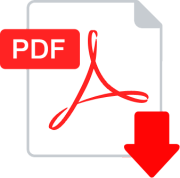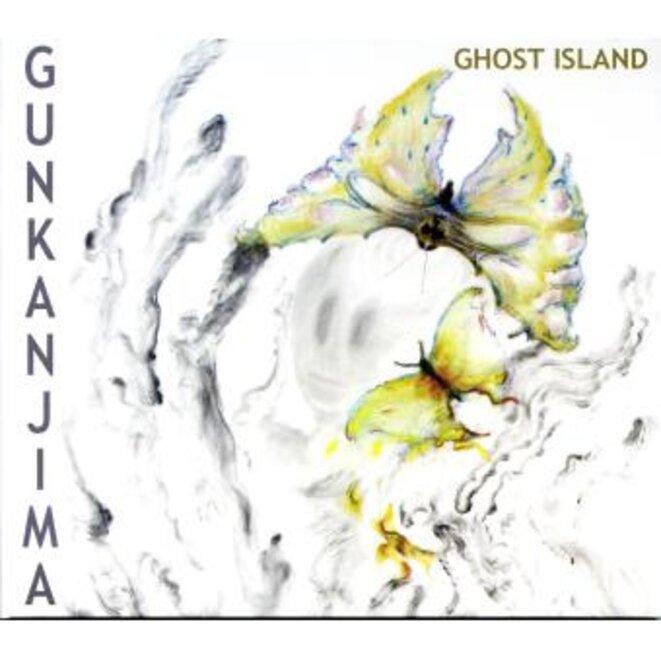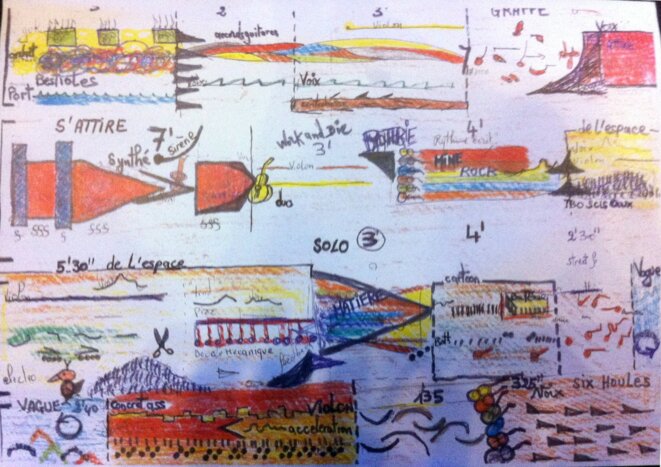Western music tradition has a speciality in writing down music. After 1945, non-traditional forms emerged, on the background of changes in culture, society, beliefs and lifestyle. « Graphic notation » is just one notion among others – some notations are like drawings, but many kinds of signs, layouts and the use of verbal means also exist.
My bibliographies at IIMA, International Improvised Music Archive, aim at mapping literature dealing with this territory, among other related ones connected to improvisation. The full title is Experimental Improvisation Practise and Notation. An Annotated Bibliography, and there is both one volume 1945-1999 and one with addenda thereafter. Presently there are more than 115 entries on notation with summaries of their contents. However, not included in this number are published editions of works, as well as publishers’ series and anthologies. See it all at www.intuitivemusic.dk/iima/legno1uk.htm .
For the most part, universities and related institutions are behind the research and publishing activity, but it should be noted that in many cases the researcher is also a practising composer and/or musician. In the sixties, many works were published on paper both in Europe and USA by commercial multinational publishers – among many others, Stockhausen, Wolff and Cage have been well documented in this way. More recently, the Notations 21 book by Sauer documents renewed interest from composers. In my bibliography referencing usage, this is called Sauer (2009;E1) – E1 refers to the systematic category of general writings on new notations. Exhibitions of new notations have taken place all the time since the seventies – more than sixty have till now been detected and listed, some with catalogues (see category K).
Cox (2008+2010;E1) open ups a historical perspective: notation has functioned to supplement a primarily oral tradition as a mnemonic aid, as can be found in the neumes of Gregorian Chant – later the function of notation became to provide a product that could be transmitted through a market. Then, after mechanical reproduction was invented, standard notation was no longer the only way to document music. Therefore, composers could feel more free to use notation to make the idea of the work clear, while leaving detailed documentation of the performance to the electronic media and, one could importantly add, leaving the production of details of the work to the performer. Later, computer and internet technologies made information more sharable, also between art forms, Cox states further.
Not only from published editions and anthologies of entire works, but also from a number of articles and historic treatises it is fairly easy to acquaint oneself with many different types of new notations through excerpts. Brindle (1986;H1) is an allround book on the history of Western new music with many illustrations. Bosseur (1979;H1) + (2005;E1) have a similar aim – the first one is a music history book, and the second deals with notation and provides a direct supplement to the former. It presents examples in order of increasing openness. Karkoshka (1966;E1) and its English translation (1972;E1) is a book on notations – of special interest is the section at the end of the book presenting entire works.
Sauer (2009;E1) was already mentioned as a recent window into contemporary activity in the field. Storesund (2016;G3.1) reflects the mature development of the field of open works with new notations: focus is consistently on how to realise such works, which require a more co-creative performance practise than traditionally. Improvisation is becoming more and more a part of conservatory curriculums since the nineties, and so non-traditionally notated works also receive renewed attention. The book provides inside information for all interested musicians and could also directly serve as a basis for teaching. A number of « showcase studies » discuss the challenges and dilemmas one may encounter as a musician in nine works. Five are even featured with all nescessary playing materials available, and composers include « classics » from the fifthies and on as well as three pieces written after 2000.
A considerable number of writings describe certain well-known works or composers. Earle Brown’s December 1952 is topping the list. Cardew’s large collection of graphic scores Treatise is frequently performed from. Christian Wolff has a special status with his introduction of cue systems in the sixties which focus on performers’ interaction. With the growth of improvisational practise later, this appears as a pioneering discovery. Roughly two decades later, the younger Zorn took up this aspect in his game pieces of the eighties which are still popular.
Of course the common area between visual art and music notation also has its devoted authors. Buj (2014;E1) connects both worlds, investigating the significance of circular forms in graphic notations.
Introducing, showcasing, discussing, elaborating on history, theory, philosophy, practical issues – it can all be found in the literature on new notations. To reduce the overwhelming complexity that looking at a whole library would induce, the bibliography has summaries, longer than just the titles and not the whole story, but they attempt to capture some essential aspects and keyword-like characterisations so as to make the road easier to travel for the searcher.
***



